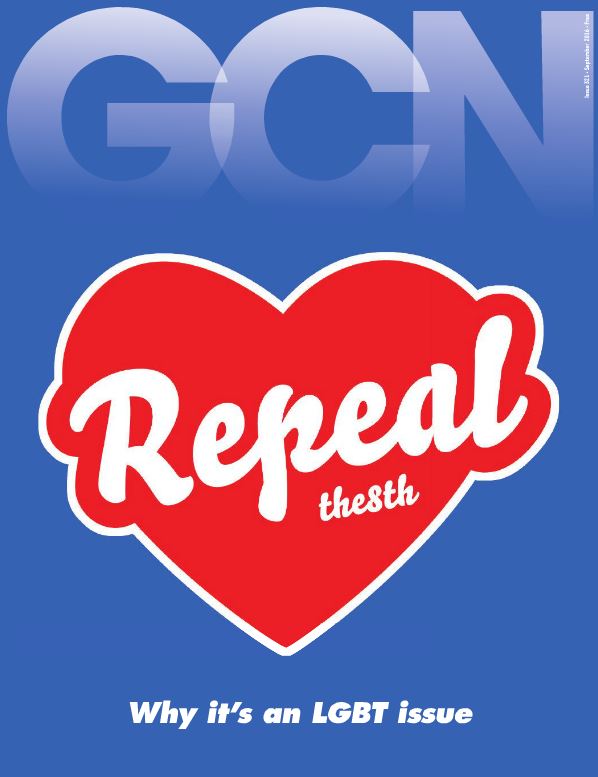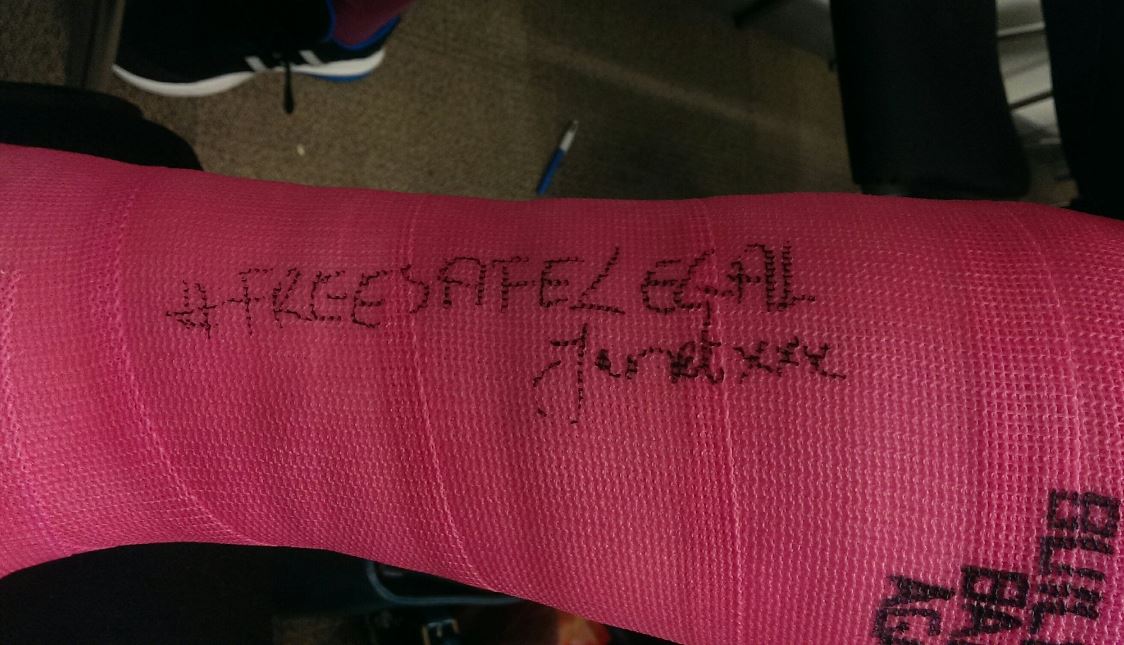Hello from Wexford, I was in invited down by Wexford Together for Yes to be a speaker at their meeting last night in the River Bank Hotel.
It was a great meeting with a lot of discussion, questions and people sharing their stories. I was one of three speakers, and was joined by Siona Cahill Vice President of USI and Colm O’Gorman of Amnesty Ireland. It was my first time on a panel with Colm and it was lovely to be in his home county with him.
Why do we have the 8th Amendment?
Because from 1935 to 1978 contraception was illegal in Ireland. Contraception was legal at the founding of our State but in 1935 given the rise in the importation of contraception (mostly condoms) the then Taoiseach after consultation with the Bishop changed the law so that the importation and sale of contraception was illegal.
This remained the case until 1973 when a lady name May McGee took a high court case and won the right to contraception on the grounds of privacy in marriage, but it took 5 years before legislation was passed and enacted.
The fact contraception was made legal on the grounds of privacy caused a hell of a stir as it was on those grounds in the USA that abortion was made legal. And so the conservative forces set about working to get something in constitutional law which would forbid abortion.
And here we are 35 years later working to undo that, so that we may have compassionate healthcare here in Ireland.
24 days to go. Keep having the chats, the discussions. They are what is important. I had a lady ask me as I boarded the Wexford bus yesterday where did I get my badge as she hadn’t had a chance to get one yet. I gave her mine.
She asked was I sure and I told her no bother I would get another one at the meeting in Wexford town, she said she couldnt make that one cos of her kids, but would be making the fundraiser in a few days in Gormanstown. Talk to as many people as you can.
And if you have questions I can help with give me a shout, either via twitter @janetos_ or email hello@janet.ie
Again thank you to those who donated to my go fundme for making all this possible.
Next stop for me is Dundalk on Wednesday the 2nd of May in the Táin arts centre at 7pm, Hope to see more of you there.


